Tennis elbow, or lateral epicondylitis, is a elbow trauma of racket sport players and laborers. Tennis elbow is an overuse injury caused by the operation of repetitive motions such as transferring a tennis racket or even a hammer with forearm and the hand. Such repetitive motions can cause inflammation of the muscles of the forearm. The symptoms of tennis elbow include soreness, pain, and fatigue in the muscles around the exterior of the forearm. Tennis elbow’s treatment is usually conservative, relying upon anti-inflammatory drugs hockey, and rest, ice.
A physician or physical therapist will check for tenderness on or near the bony knob of the elbow joint when trying to diagnosis tennis elbow. Back is indicative of knee knee. When gripping, tennis elbow pain that is related increases. Thus hands may be painful. A feeling of fatigue or chronic muscle fatigue in the forearm muscles is a sign of knee.
Treatment for tennis elbow is usually conservative and more passive. Most importantly, individuals with tennis elbow should steer clear of the activities that cause forearm pain (e.g., playing tennis) until the injury heals. Tennis elbow will be often corrected by rest in a matter of weeks. Moreover, the use of ice and anti-inflammatory drugs can alleviate pain and promote healing. Heat treatment and physical treatment can also accelerate the recovery procedure. In the end, upon coming back to regular action, wearing forearm and a knee brace can avoid recurrence of knee elbow. Elbow braces, available at pharmacies, help by restricting use and movement of the elbow, prevent tennis elbow.
Prevention is the best strategy because treatment of recovery and tennis elbow from tennis elbow could be a lengthy, frustrating process. For tennis players, equipment alterations that are many can help prevent knee. Players should pick a racket using a midsize racket head (90 – 105 square inches) along with high flexibility (endurance index lower than 65). In addition, players must string their rackets in the end of the tension range with strings such as nylon or natural intestine. To avoid tennis elbow, players need to make certain that the grip of their racket is neither too large nor too little.
Apart from equipment alterations, tennis players (and others) trying to stop tennis elbow can follow several instructions linked to physical action. Strengthening the muscles of the hand, wrist, and forearm is maybe the very best method to stop tennis elbow. Strengthening these muscles will help reduce strain on the elbow . Suitable and efficient wrist and forearm exercises comprise wrist extensions and curls (with very light weights), squeezing a tennis ball at the palm of the hands, also also placing a rubber band round the palms and extending the palms. It is important that tennis players consult a tennis pro to make sure their fractures are effective, correct, and aren’t currently placing undue strain.
In conclusion, while tennis elbow can be a debilitating injury, consulting with professionals that are knowledgeable and taking preventative steps will help limit the negative effects of knee.

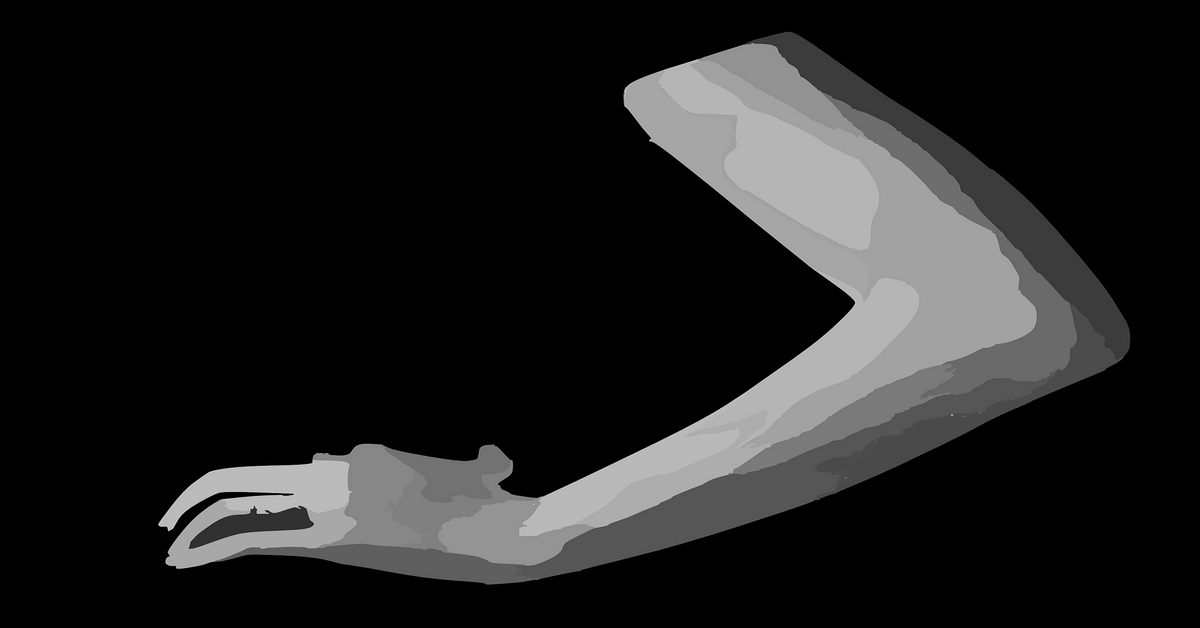

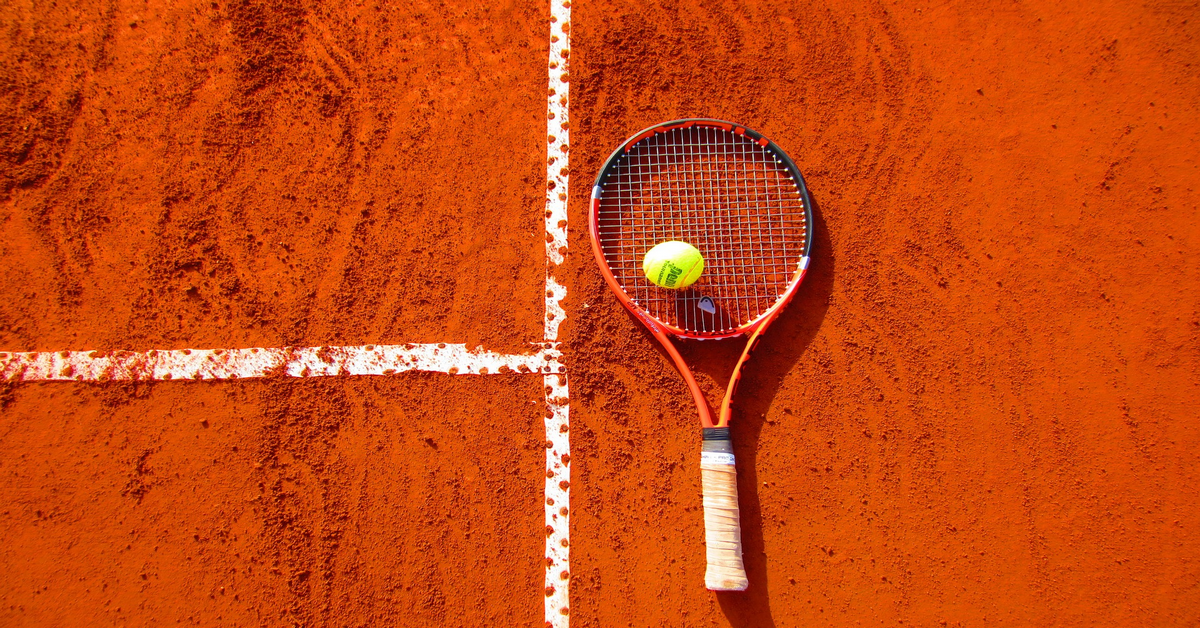
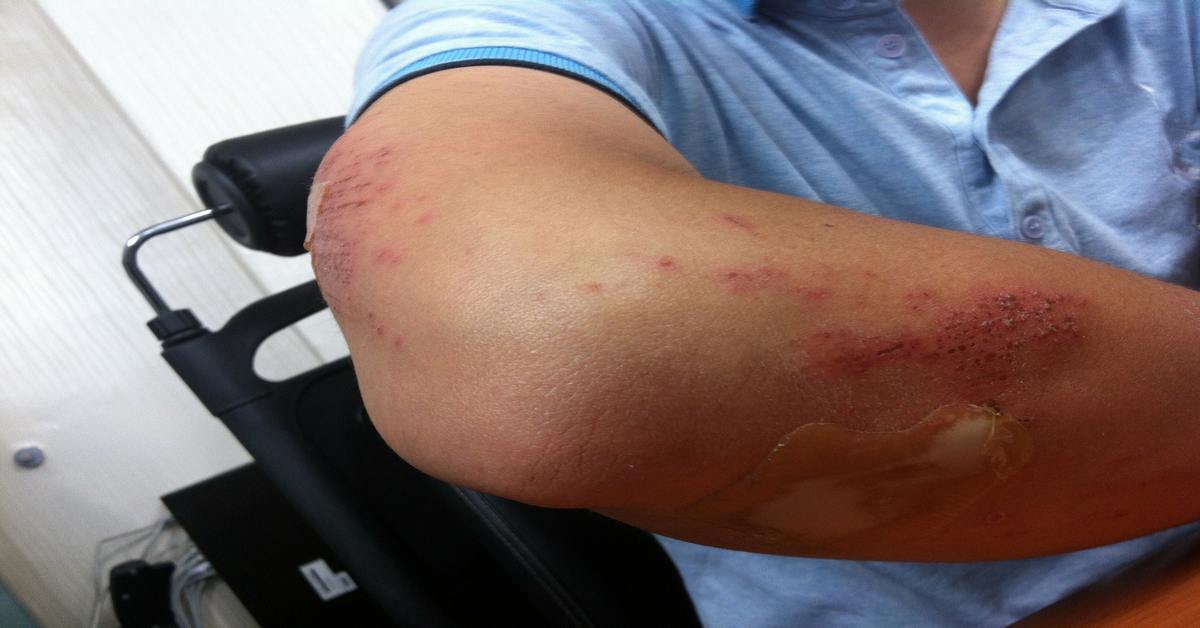

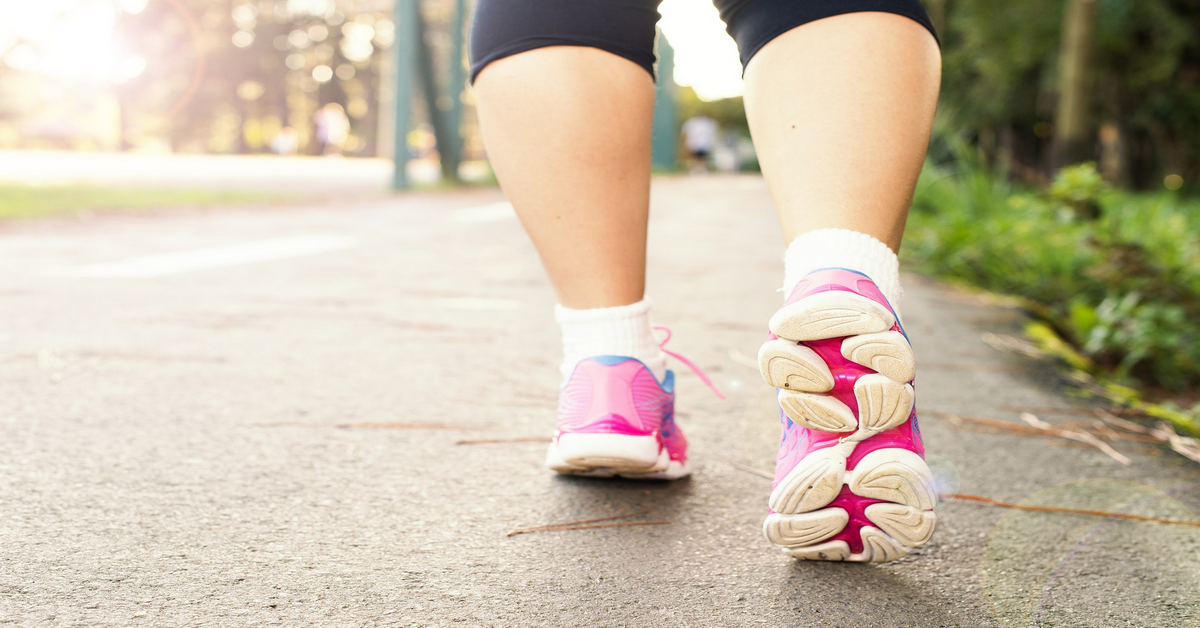
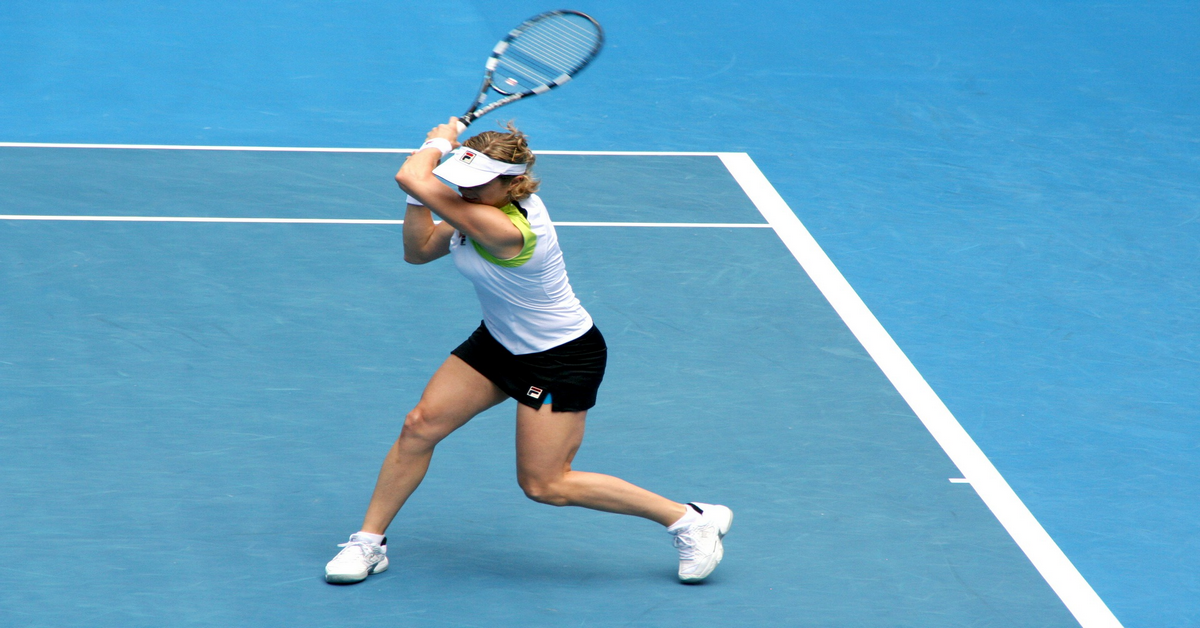
Customer Reviews
Thanks for submitting your comment!